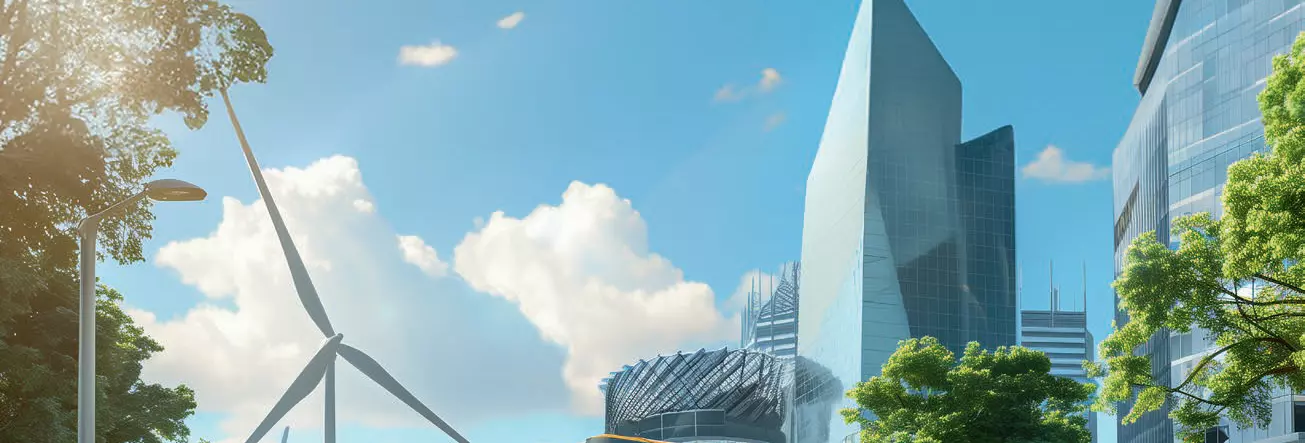Electrification Hub: Electrification can also be learned on the greenfield


Mikael Hjorth
Pozíció: Head of the Electrification Hub Sweden
The development of the All Electric Society thrives on international and interdisciplinary projects. One example of this is the Electrification Hub at Mälardalen University in Sweden: The collaboration platform aims to pool expertise in order to drive forward electrification, the topic of energy and electromobility in the face of climate change.
As head of the Electrification Hub, Mikael Hjorth once again specifies the objective:
Above all, we are accelerating the transition to electrified mobility solutions. The focus is on heavy transport, as most of our partners come from this sector. This includes construction machinery, mining vehicles and trucks, for example.

Mikael Hjorth
Head of the Electrification Hub Sweden
One of the aims of the work is to reduce the environmental impact of heavy goods traffic in Sweden. The targets there provide for a 70 percent reduction in emissions.
In addition, the participating companies and scientists are also investigating the energy networks right down to the individual components. According to Hjorth, the platform covers three areas: Firstly, the participants are looking at R&D projects and want to scale up the innovations there. "But we don't do the research ourselves, we implement the projects, test them and see how electrified machines affect society and the respective area and the local or regional energy and transportation system," explains the platform manager.
The second area is business development, which promotes innovative companies and start-ups in particular. To this end, the hub facilitates collaborations with larger companies. The third area comprises talent promotion and skills development. One of the companies that supports the hub is HARTING. They are active here alongside well-known industrial companies such as Hitachi, Volvo, ABB, Alstom and Northvolt and are jointly looking for innovations in relation to broad electrification.
One current project concerns a transforming city. New transport solutions are planned there. According to Hjorth, this requires new energy systems as well as electrified excavators and trucks to build the lines. "Can we implement this with the existing power grid? Or do we need to optimize it?" is a key question. In addition to technical aspects, there are new ways of working that affect all stages, from construction to use: "For example, construction machinery may have to be used late at night for construction, as this is when energy is available," explains the mobility expert.
However, the horizon extends far beyond Sweden and shows the proximity to the All Electric Society, for which Mikael Hjorth sees two drivers: omnipresent climate change and the major task of making electricity accessible to everyone. "This should help to build resilient societies in which people can work and live."
Looking at international projects such as in the US and India, it becomes clear how big the differences are even in the start-up phase. While in Western societies, such as in European countries, the main focus is on a kind of change management for greater sustainability, the conditions in growing and developing countries are different: there, it is possible to start on a green field, without hurdles such as existing central power grids. This provides more room for maneuver for approaches in developing countries, which differ massively from those in the western world. By looking at new solutions, we can be become more resilient and adapt to the growing electrification in transportation, in industry but also in housing and cities.

Detlef Sieverdingbeck
Pozíció: General Manager Corporate Communication & Branding
- Osztály: CCB
- Cég: HARTING Stiftung & Co. KG